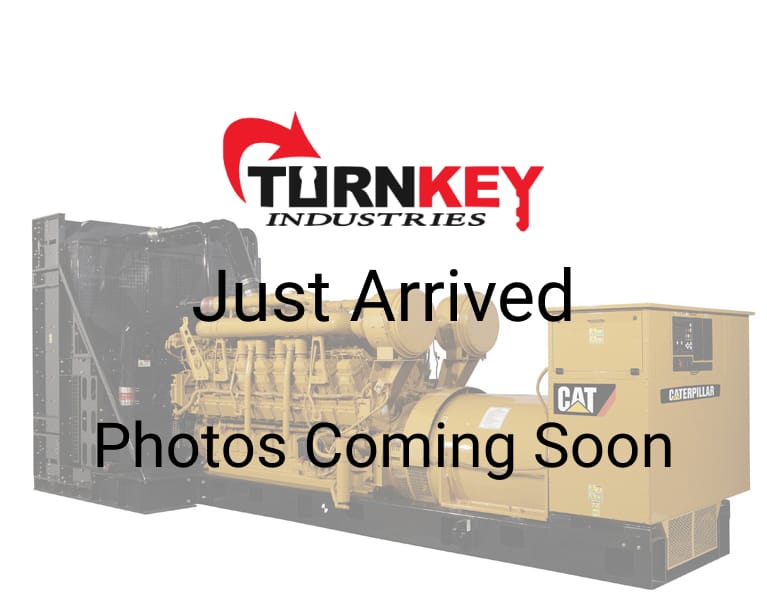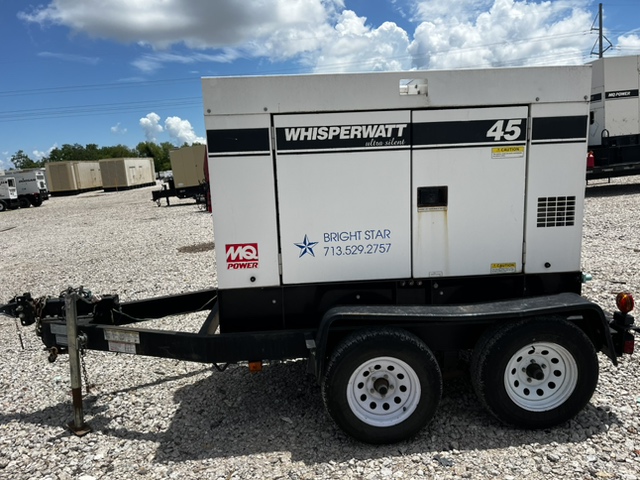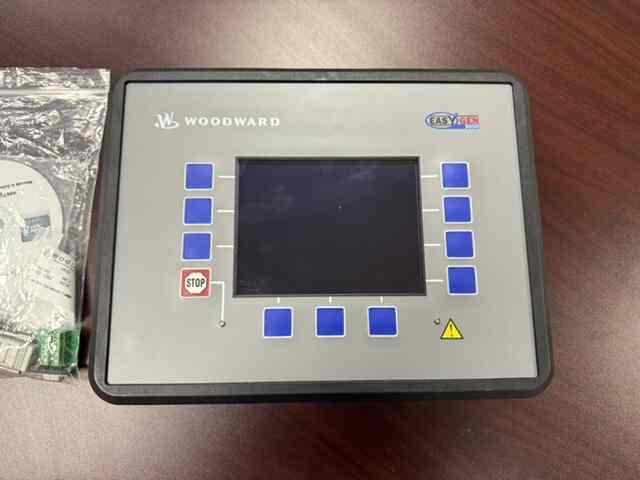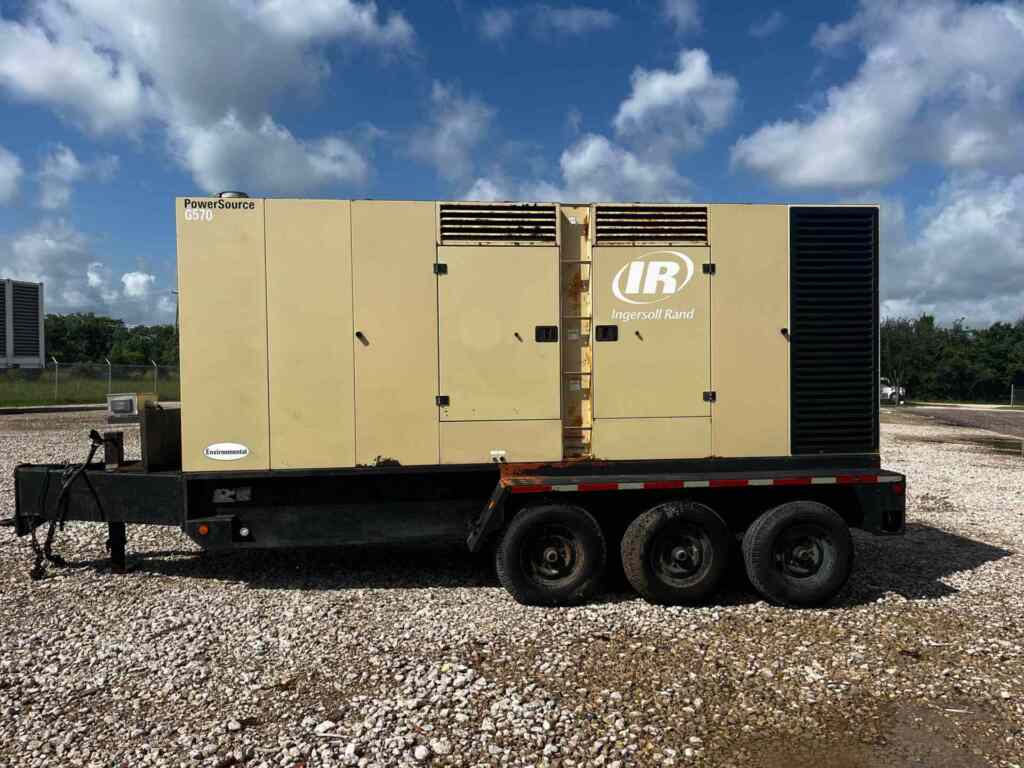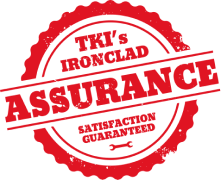Industrial generators play a vital role in supplying backup or primary power to critical infrastructure, from hospitals and data centers to agriculture and remote job sites. However, the byproducts of combustion, particularly when fuel is not burned efficiently, raise concerns about emissions, compliance, and operating costs. One of the most overlooked contributors to generator emissions is unburned fuel. This issue affects not only air quality but also long-term equipment performance and fuel economy.
What Happens When Fuel Doesn’t Burn Completely
Combustion in a generator engine should ideally convert all fuel into energy with minimal byproducts. In reality, combustion is rarely perfect. When fuel is not completely ignited inside the combustion chamber, it exits the exhaust system as unburned hydrocarbons and particulate matter. This not only reduces efficiency but also adds significantly to pollution levels.
Several internal and external variables influence how efficiently a generator burns fuel. These include factors related to engine design, environmental conditions, and load dynamics, as discussed in the context of internal combustion engine behavior.
Unburned fuel can be the result of:
- Cold starts or incomplete engine warm-up cycles;
- Improper air-fuel mixture ratios;
- Low-quality or contaminated fuel;
- Faulty injectors or combustion timing issues; and
- Oversizing the generator for the load.
Emissions Impact of Unburned Fuel
The environmental and health impacts of unburned fuel in generator emissions are significant. These emissions can include volatile organic compounds (VOCs), carbon monoxide (CO), nitrogen oxides (NOx), and fine particulate matter (PM). Research on the chemical composition and dispersion of generator-related emissions underscores the contribution of incomplete combustion to atmospheric pollutants that affect both local air quality and broader environmental systems.
| Emission Component | Source | Impact |
| Carbon Monoxide (CO) | Incomplete combustion | Displaces oxygen in air, harmful when inhaled |
| Unburned Hydrocarbons (HC) | Raw fuel in exhaust | Contribute to ground-level ozone, smog |
| Particulate Matter (PM) | Microscopic fuel droplets and soot | Respiratory and cardiovascular health issues |
| Nitrogen Oxides (NOx) | High-temperature combustion | Cause acid rain and respiratory problems |
How This Affects Air Quality and Fuel Waste
Generators that emit unburned fuel contribute to a decline in local air quality, particularly in enclosed spaces or near population centers. Businesses that operate such generators risk violating EPA emission standards and local regulations. Additionally, every unit of unburned fuel represents wasted energy. It is fuel that was purchased but never converted into power.
This inefficiency means:
- Higher operational costs due to more frequent refueling.
- Increased maintenance intervals from soot and carbon buildup.
- Potential fines or compliance failures under emissions rules.
Generator Size and Load Matching Plays a Key Role
One major contributor to unburned fuel in commercial and industrial settings is improper sizing of generator units. When a generator is significantly larger than the load it supports, it runs under-loaded. This condition, known as “wet stacking,” causes fuel to accumulate in the exhaust system without fully combusting.
For example, running a 1000kW generator on a consistent 100kW load may seem safe, but it often results in inefficient combustion. Over time, this can damage the engine and lead to elevated emissions. Proper load balancing and regular load bank testing are essential for ensuring efficient fuel use and compliance.
Addressing Emissions with Industrial-Grade Equipment
Not all generators are built with the same performance expectations. Residential or light-commercial generators often lack the engine controls or emissions equipment to handle large, continuous loads or strict air quality requirements. That’s why industrial sites should rely on equipment rated for heavy-duty usage.
One example of an industrial-grade solution is the Generac SG100 Standby Natural Gas Generator. Designed for larger applications, this unit minimizes fuel waste and emissions through advanced controls and load management systems. These types of generators are far better suited for commercial operations than undersized or residential alternatives.
Best Practices to Reduce Generator Emissions
To reduce the risks of unburned fuel and excessive generator emissions, facility managers should adopt the following practices:
- Ensure generator sizing matches expected load requirements.
- Run periodic load bank tests to burn off accumulated fuel deposits.
- Use clean, high-quality fuel appropriate for your unit.
- Keep air filters, injectors, and combustion systems properly maintained.
- Upgrade to emission-certified models where required.
Additionally, integrating digital monitoring can help detect abnormal fuel consumption patterns early, allowing operators to intervene before serious efficiency losses or compliance issues arise.
Why It Matters for Commercial and Industrial Operations
In sectors where uptime is non-negotiable such as healthcare, manufacturing, agriculture, and telecommunications, ensuring optimal generator performance is about more than power delivery. It is also about environmental responsibility, cost control, and compliance.
Excessive generator emissions not only harm the environment but also put your business at risk of regulatory action. And when unburned fuel leads to engine fouling or premature failure, you’re looking at unplanned downtime and costly repairs. These are real risks that can be mitigated with the right equipment and expert guidance.
Partnering with Turnkey Industries for Cleaner, Smarter Power
Turnkey Industries specializes in supplying pre-owned and low-hour industrial generators from 100kW to 2000kW. Our focus is on helping businesses avoid the pitfalls of underperformance, whether from improper sizing or poor combustion efficiency.
We offer:
- Quality inventory that includes high-capacity diesel and natural gas generators.
- All units are load tested and certified under our IronClad process.
- We assist with sizing, logistics, and load planning.
- A 30-day warranty that is included with every purchase.
Let us help you reduce fuel waste, lower emissions, and invest in the right generator for your operational needs. Contact us today to explore our inventory or speak with one of our industrial power experts.
 Turnkey Industries offers a variety of high-capacity
Turnkey Industries offers a variety of high-capacity 